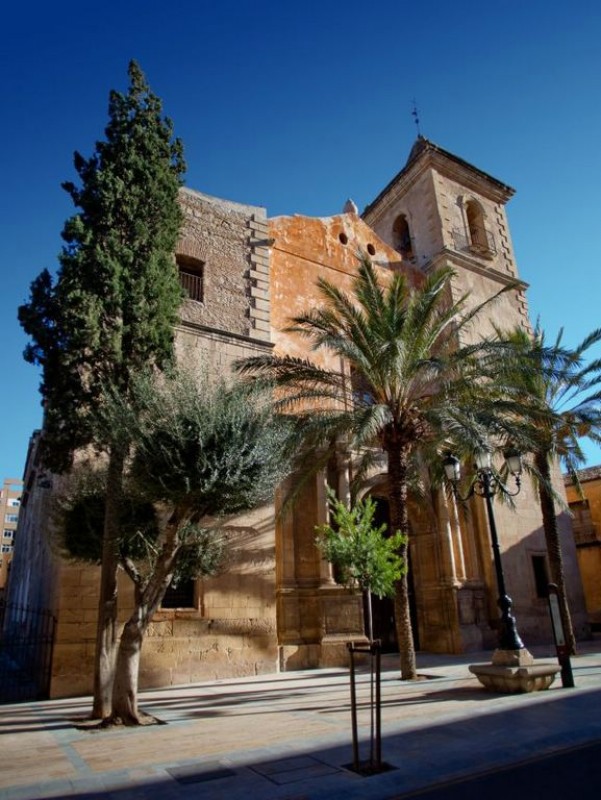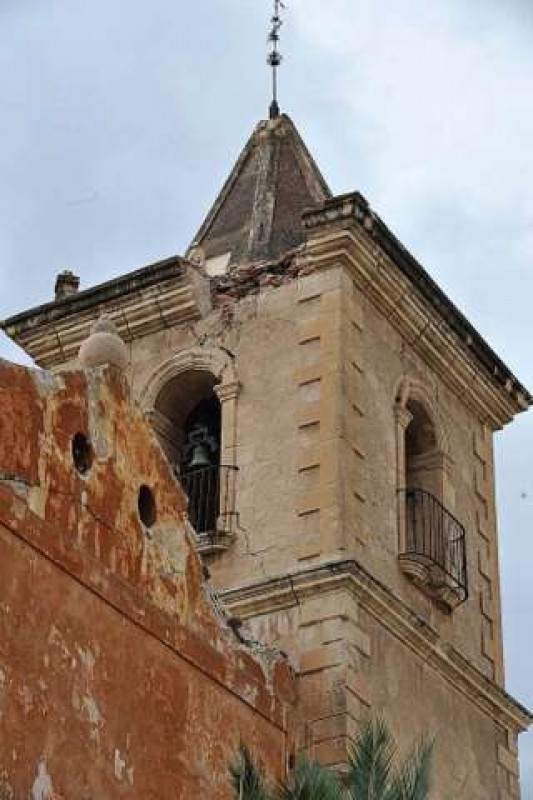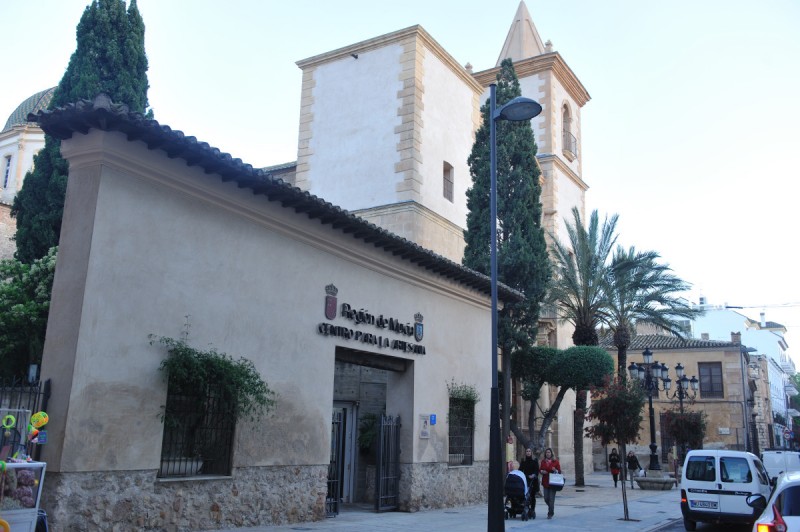

Guidelines for submitting articles to San Javier Today
Hello, and thank you for choosing sanjavier.today to publicise your organisation’s info or event.
San Javier Today is a website set up by Murcia Today specifically for residents of the urbanisation in Southwest Murcia, providing news and information on what’s happening in the local area, which is the largest English-speaking expat area in the Region of Murcia.
When submitting text to be included on San Javier Today, please abide by the following guidelines so we can upload your article as swiftly as possible:
Send an email to editor@spaintodayonline.com or contact@murciatoday.com
Attach the information in a Word Document or Google Doc
Include all relevant points, including:
Who is the organisation running the event?
Where is it happening?
When?
How much does it cost?
Is it necessary to book beforehand, or can people just show up on the day?
…but try not to exceed 300 words
Also attach a photo to illustrate your article, no more than 100kb

The church of San Mateo in Lorca
 This Lorca church was begun by the Jesuits before they were expelled from Spain in 1773
This Lorca church was begun by the Jesuits before they were expelled from Spain in 1773
Construction of what is now the parish church of San Mateo (Saint Matthew) in Lorca was started by members of the Jesuit Order after they were granted permission by King Carlos III of Spain in the late 18th century, but in fact construction took over a hundred years and was not completed, well after the expulsion of the Jesuits the until the 20th century.
The architecture is principally baroque in style, and some of the highlights are due to the influence in the late 19th century of architect Justo Millán, who was also responsible for the restoration of the Teatro Romea in Murcia and the church of San Bartolomé, also in the regional capital.
The history of the church of San Mateo
The site on which the current church of San Mateo stands in Lorca was previously occupied by another place of worship dedicated to San Agustín, on whose feast day the series of earthquakes in 1674 finally came to an end. This church, which was completed in 1689, was donated to the Jesuits, who had arrived in the city and founded a school, and they soon began to enlarge it.
Designs were drawn up by Father Pedro de San Agustín and master builder Pedro García Campoy oversaw the project, then, in 1773, when the outside walls were already making good progress, the Order was expelled from Spain. It was not until 14 years later that Jerónimo Martínez de Lara took up the project again, now under the auspices of the parish of San Mateo, erecting the main naves and installing the roof, as well as taking care of the main façade.
By the year 1799 the original church of San Mateo had become too small and was in ruinous condition, and had to be demolished, but it was not until many years later that work began on the new church of San Mateo. When it did, the parish inherited a large spacious building where the main chapel was designed to be well connected with the school and the residential quarters of the members of the order.
 But the 19th century saw little or no further progress until 1868, when parish priest Vicente Munuera raised sufficient funds to carry on and the tower was built. This was followed by the transept, the dome and the camarin shrine, the dome being the work of Justo Millán.
But the 19th century saw little or no further progress until 1868, when parish priest Vicente Munuera raised sufficient funds to carry on and the tower was built. This was followed by the transept, the dome and the camarin shrine, the dome being the work of Justo Millán.
Further alterations and additions in the 20th century included mainly decorative elements.
During the earthquakes which hit Lorca on 11th May 2011 the building suffered extensive damage, and was not reopened until 18 months later following an investment of 1.4 million euros in the necessary restoration.

Architecture
The exterior of the building is typically austere in appearance, featuring a stone triumphal arch which was to be flanked by two bell-towers, although eventually only one was built.
Much of the walls are brickwork, although there is also a stone border at the base, and Justo Millán’s dome is one of the highlights, with its gold and green tiling.
Inside, the decoration is also fairly simple, although elegant at the same time, with white walls and uncomplicated decorative elements on the pillars and arches of the main nave. Most of these pillars and arches are blue, as are the architraves, and the same colour scheme can be seen on the interior of the dome.
 Works of religious art
Works of religious art
One of the most important features of the church of San Mateo is the main altar screen, which was gifted by José Musso Fontes in 1845 after he purchased it at auction. It is believed that it is the work of Jerónimo Caballero (whose work can also be seen in the Iglesia de San Francisco) and Francisco Santacruz, and it contains an image of the Virgen de la Piedad created by sculptor José Gerique Roig.
Another screen featuring San Mateo is set in the crossing of the church, but details of its creator are not known, and a third screen showing San José is also an anonymous work, although the sculpture in the central niche is by Clemente Cantos.
The busts of the four evangelists on the panels at the base of the dome are by Lorca artist Juan Dimas Morales.
One oil painting of note by Muñoz Barberán hangs in the church, showing the baptism of Christ, while another depicting the Adoration of the Magi is attributed to Mateo Ferrer.
Mass times
1st July to 31st August: Monday to Friday 8.30 and 20.30, Saturdays and the eve of religious holidays 20.30, Sundays and religious holidays 12.00 and 20.30.
Rest of the year: Monday to Friday 10.30, 12.00 and 19.30, Saturdays and the eve of religious holidays 19.30, Sundays and religious holidays 11.00, 12.00 and 19.30.

Location
Address: Calle Presbítero Emilio García, 3, 30800 Lorca, Murcia
Telephone: 968 467621
Email: sanmateolorca@gmail.com
The church is located on the corner of Calle Presbítero Emilio García and Calle López Gisbert, next to the Centro de Artesanía and the Palacio de los Guevara.
Further information about the Lorca municipality can be found at LORCA TODAY
